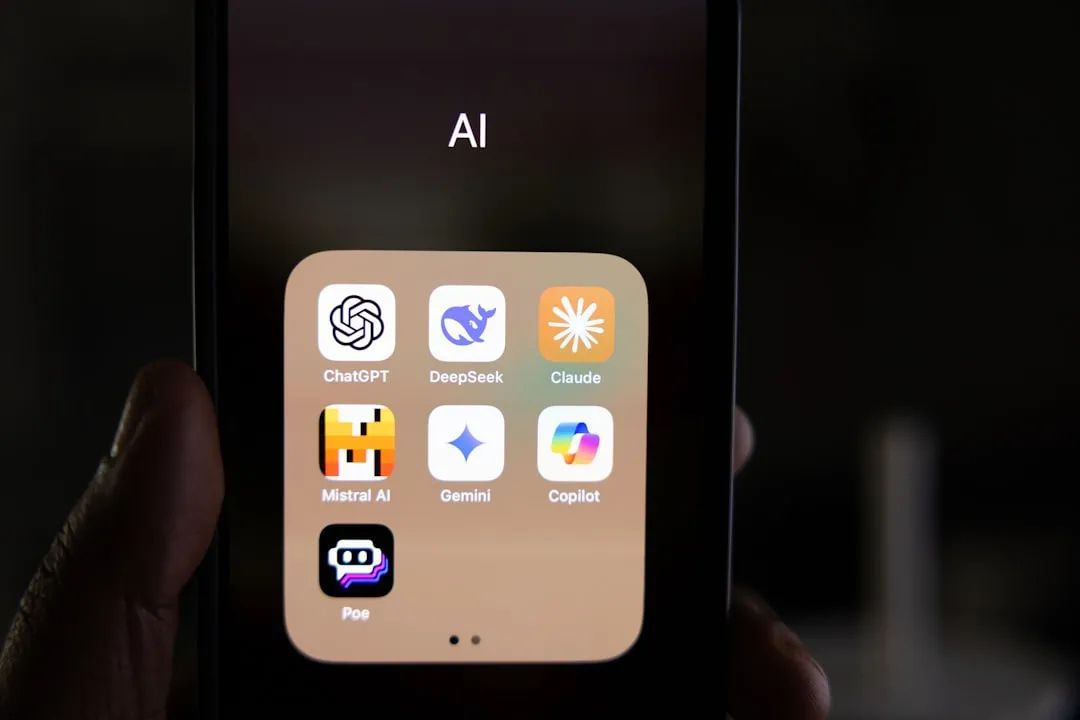In the rapidly evolving landscape of sports entertainment, the convergence of technology and athletics has opened up new avenues for fans worldwide. As football enthusiasts gear up for the Europa League Semifinal clash between Tottenham Hotspur and Bodø/Glimt, the excitement transcends mere on-field action. The modern sports experience is now intricately intertwined with cutting-edge livestreaming technologies that enable viewers to immerse themselves in the game from anywhere, transcending geographical boundaries. This match represents not just a sporting spectacle but also a showcase of how technology continues to revolutionize the way we consume sports content.
As fans eagerly anticipate kick-off, the innovation behind live sports broadcasts takes center stage. The ability to livestream high-definition matches in real-time has become a cornerstone of modern sports media, providing a level of access and engagement previously unimaginable. Behind this seamless viewing experience lies a complex ecosystem of streaming protocols, content delivery networks (CDNs), and video compression algorithms. Technologies such as HLS (HTTP Live Streaming) and MPEG-DASH (Dynamic Adaptive Streaming over HTTP) have revolutionized how content is delivered over the internet, ensuring smooth playback even under varying network conditions.
In the context of a high-stakes match like Tottenham vs. Bodø/Glimt, where every moment counts, the reliability and quality of the livestream become paramount. Viewers expect nothing less than crystal-clear visuals, minimal latency, and uninterrupted playback. Achieving this level of performance requires a sophisticated blend of hardware, software, and meticulous network optimization. Broadcasters invest heavily in state-of-the-art encoding equipment, streaming servers, and transcoding services to deliver a seamless streaming experience to millions of viewers simultaneously.
The technical prowess behind livestreaming extends beyond mere transmission to encompass interactive features that enhance viewer engagement. From real-time statistics overlays to multi-camera angles and social media integration, modern livestreams transform passive viewers into active participants in the sports narrative. Fans can now personalize their viewing experience, choosing what they want to see and how they want to engage with the content.
In an industry where user experience reigns supreme, the marriage of technology and sports continues to drive innovation at a breakneck pace. The Europa League Semifinal serves as a microcosm of this relentless pursuit of excellence both on and off the field. As we witness Tottenham take on Bodø/Glimt in a battle of skill and strategy, we are also witnessing the culmination of years of technological advancement that have reshaped how we experience sports.
Looking ahead, as technologies like 5G networks, virtual reality (VR), and augmented reality (AR) mature, the future holds even greater promise for sports broadcasting. Immersive viewing experiences that blur the lines between physical stadiums and digital arenas are on the horizon, promising fans an unprecedented level of engagement.


